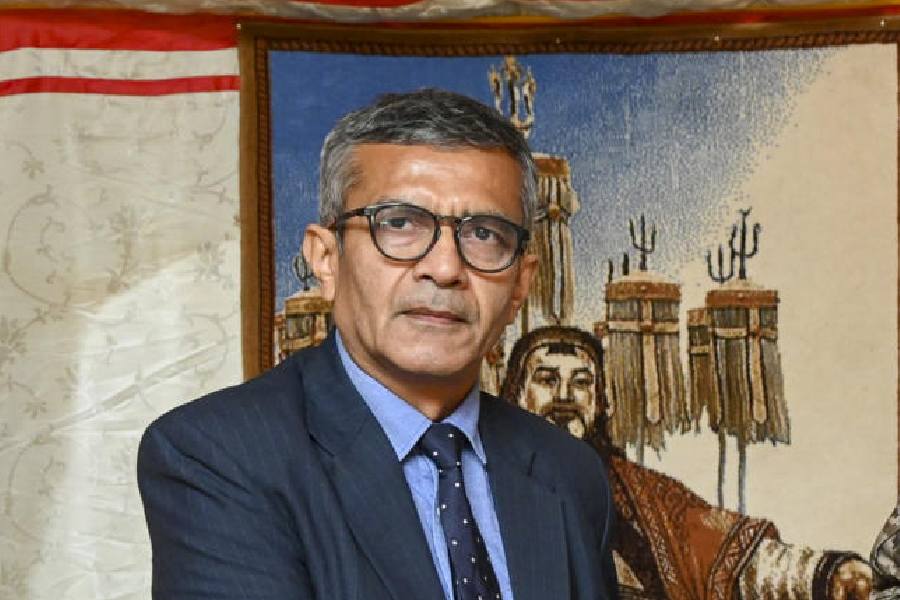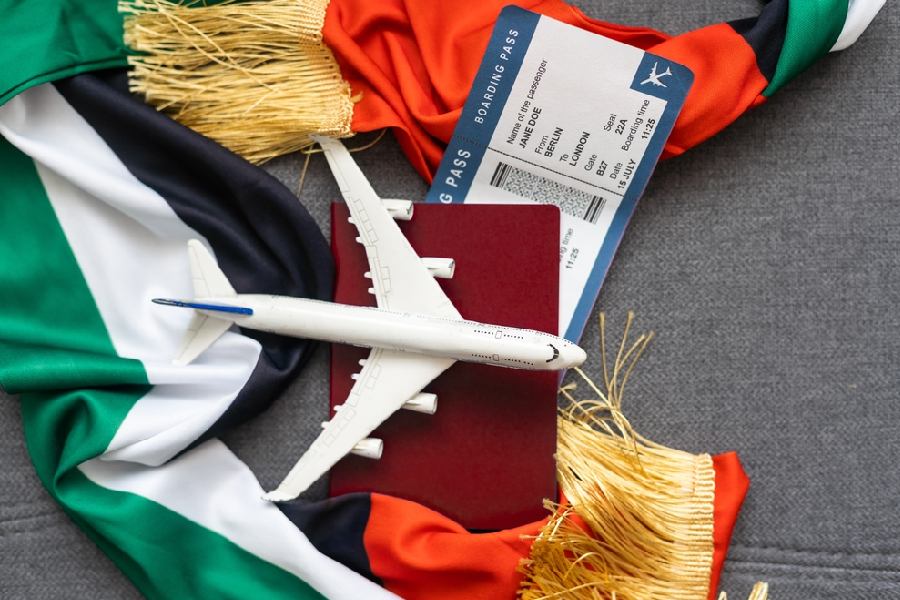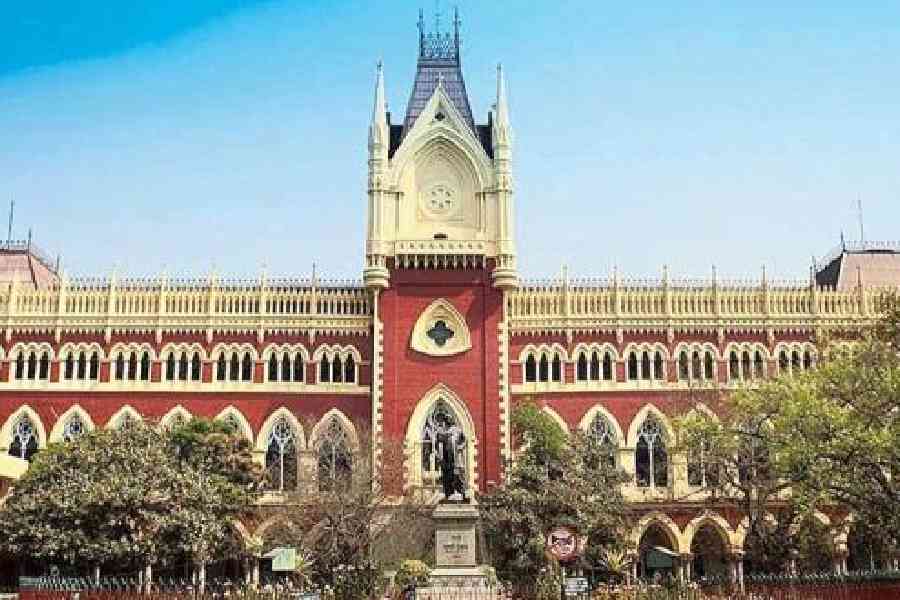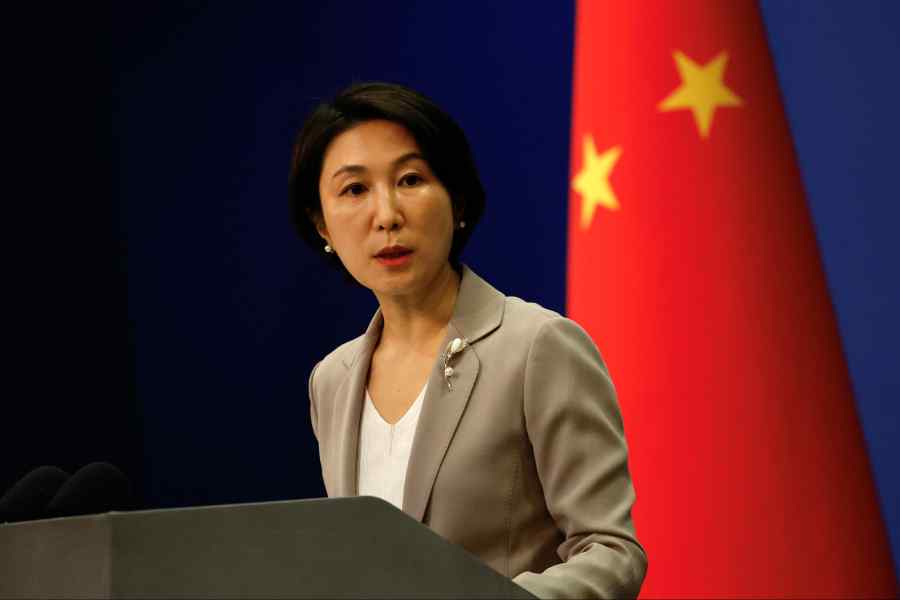Arani Bose and his wife Shumita have two very good reasons for feeling upbeat. Bose Pacia Gallery, which they run in Chelsea, New York, along with colleague Steven Pacia, has broken new ground for Indian contemporary art.
A doctor in Cleveland, named Sanjay Yadav, has acquired Calcutta-based artist Jayashree Chakravarty’s huge work on a scroll that was exhibited at Bose Pacia last year. He will donate it to the Asian Art Museum in San Francisco, which is undergoing a $150-million renovation by Italian architect Gae Aulenti, who had transformed an old railway station into the famed Muse d’Orsay of Paris.
Asian Art Museum will reopen soon with Chakravarty’s scroll as centrepiece. This is the first time a collector will donate Indian art of our times to a major museum in the West. Arani hopes this philanthropic act will set an example for all collectors of this art.
The Boses, who were in Calcutta on a private visit, have another reason for feeling euphoric. A brain stent to be used for the treatment of strokes invented by Smart Therapeutics, the company Arani, a physician by profession, launched, has recently been used for the first time in the US. Smart has recently been acquired by the Boston Scientific Corporation.
Arani, 41, specialised in endovascular neurosurgery and intraventional neuroradiology from New York University. Eliminating the need for surgery after a stroke, the catheter they invented enters the blood vessel through an incision in the leg. It is guided through the chest and the neck to the brain to put things right.
The ease with which Arani (artist Arun Bose is his uncle) switches from medical science arcana to art history is amazing. On a trip to India in 1993, the Boses did the rounds of galleries and “saw a great deal of excitement about contemporary Indian art.” But in the galleries of New York, they had not even heard of it. Probing deeper, the truth they discovered about the marginalisation of Indian contemporary art “drove us to put our energy and resources on this gallery. This compelled collectors to look at 20th Century Indian art with greater interest,” says Arani.
It took Bose Pacia gallery nine years to establish itself in New York. Now, even New York Times and Art America can’t ignore them. Bose admits it could be the “flavour of the month.” But since it has happened to other genres in other parts of the world, why shouldn’t India benefit by this attention?











